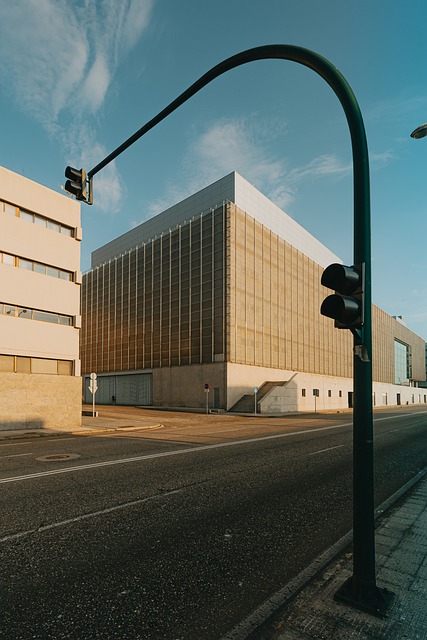Weather-resistant metal facades have become a popular choice for both residential and commercial buildings due to their durability, low maintenance, and enhanced aesthetic appeal. Materials like aluminium, stainless steel, and galvanized steel offer unique properties, while coating technologies such as powder coating and hot-dip galvanization provide superior weatherproofing. Installation involves meticulous site preparation, precise cutting, and advanced fastening techniques for structural integrity. Regular maintenance, including inspections, gentle cleaning, and repainting, ensures longevity and optimal performance against harsh weather conditions. Their adoption across various sectors has raised architectural standards, offering long-term cost savings and improved brand image.
“Unleash the power of modern architecture with the professional installation of weather-resistant metal facades. This comprehensive guide explores the transformative potential of these durable and aesthetically pleasing structures. From understanding the diverse materials and their exceptional weatherproofing benefits to mastering the step-by-step installation process, this article is your one-stop resource. Discover expert tips for maintenance and explore inspiring case studies showcasing successful implementations across various industries.”
- Understanding Weather-Resistant Metal Facades: Materials and Benefits
- The Installation Process: Step-by-Step Guide for Professionals
- Ensuring Longevity: Maintenance Tips for Optimal Performance
- Case Studies: Successful Implementations Across Industries
Understanding Weather-Resistant Metal Facades: Materials and Benefits
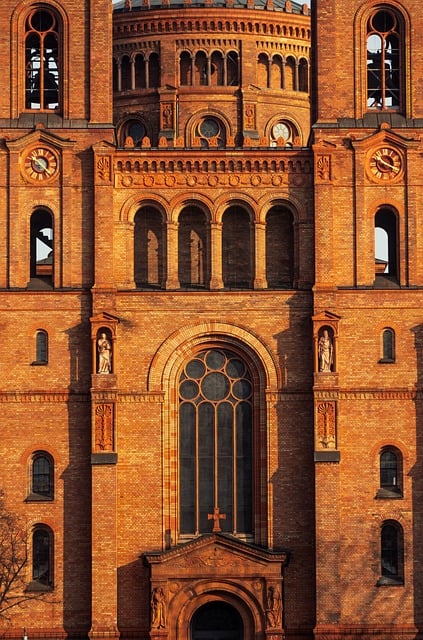
Weather-resistant metal facades have become a popular choice for both residential and commercial buildings due to their durability and low maintenance requirements. These facades are designed to withstand extreme weather conditions, including heavy rainfall, strong winds, and harsh sunlight. The key to their success lies in the selection of high-quality materials and advanced manufacturing processes.
Commonly used metals for weather-resistant facades include aluminium, stainless steel, and galvanized steel. Each material offers unique advantages; for instance, aluminium is lightweight yet robust, making it ideal for complex design elements. Stainless steel, known for its corrosion resistance, adds a touch of elegance and longevity to structures. Galvanized steel provides superior protection against rust and corrosion, ensuring the facade remains vibrant and functional for years. These materials’ weatherproofing properties are further enhanced through coating technologies, such as powder coating or hot-dip galvanization, which create an extra barrier against environmental factors.
The Installation Process: Step-by-Step Guide for Professionals
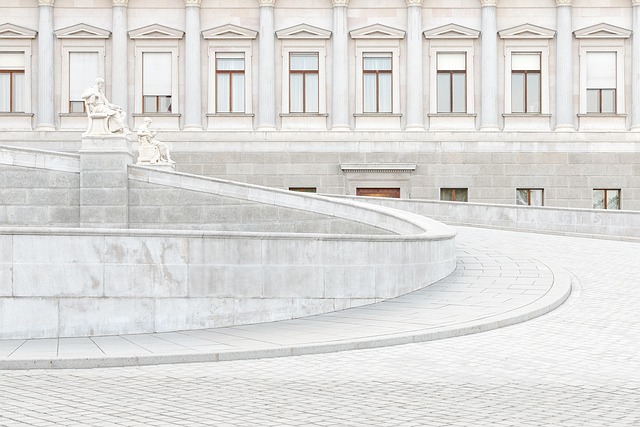
The professional installation of weather-resistant metal facades involves a meticulous process that ensures structural integrity and aesthetic appeal. It begins with thorough site preparation, including assessing the building’s structure and any necessary repairs to ensure the facade’s longevity. Next, professionals carefully measure and cut the metal panels to precise specifications, ensuring they fit perfectly around the building’s contours.
The installation proper involves securing the panels using advanced fasteners and sealing mechanisms designed to withstand harsh weather conditions. Each panel is precisely aligned and fastened, creating a seamless finish. Gaps are sealed with high-performance caulk, further enhancing the facade’s weather resistance. Throughout the process, professionals employ specialized tools and techniques to ensure accuracy, safety, and the highest quality standards.
Ensuring Longevity: Maintenance Tips for Optimal Performance
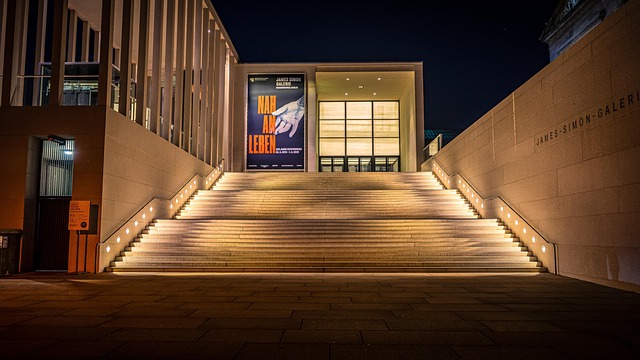
To ensure longevity and optimal performance of weather-resistant metal facades, regular maintenance is crucial. This includes periodic inspections to identify any signs of damage, corrosion, or wear and tear. Promptly addressing issues can prevent minor problems from escalating into major repairs. Using appropriate cleaning solutions and avoiding aggressive chemicals helps maintain the integrity of the metal surface.
Regular washing with mild detergent and soft brushes removes dirt, dust, and airborne contaminants without compromising the facade’s protective coating. Repainting or re-coating as per manufacturer recommendations further safeguards against environmental factors. This proactive approach ensures that the metal facades not only retain their aesthetic appeal but also withstand harsh weather conditions for years to come.
Case Studies: Successful Implementations Across Industries
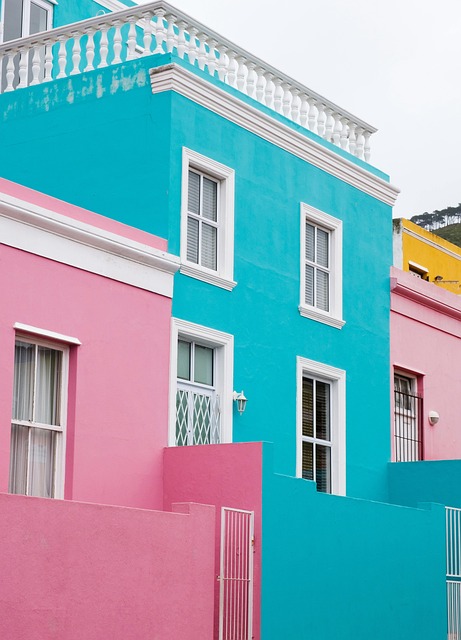
In various industries, the successful implementation of weather-resistant metal facades has set new standards for aesthetics and durability. Case studies across sectors like commercial real estate, hospitality, and healthcare demonstrate the versatility and effectiveness of this design choice. For instance, a landmark office building in a coastal city showcases an elegant metal facade that withstands harsh weather conditions while enhancing its architectural appeal. Similarly, a luxury hotel in a mountainous region utilized custom-designed metal panels to create a visually stunning exterior that not only boosts the property’s curb appeal but also provides superior protection against extreme temperatures and airborne debris.
These implementations highlight the ability of weather-resistant metal facades to blend functionality with style. The use of advanced alloys and innovative manufacturing techniques ensures these structures can resist corrosion, maintain structural integrity over time, and reduce maintenance requirements. As a result, businesses enjoy long-term cost savings and an improved overall aesthetic that contributes to their brand image and market competitiveness.
Weather-resistant metal facades have proven to be a reliable and aesthetically pleasing choice for various industries, offering both durability and design versatility. As demonstrated in our case studies, professional installation is key to ensuring these structures stand the test of time and withstand diverse weather conditions. By following the step-by-step guide provided and implementing effective maintenance practices, architects and builders can create lasting exterior spaces that enhance any property. This article’s insights into materials, installation, and longevity are designed to empower professionals in navigating the world of weather-resistant metal facades.
